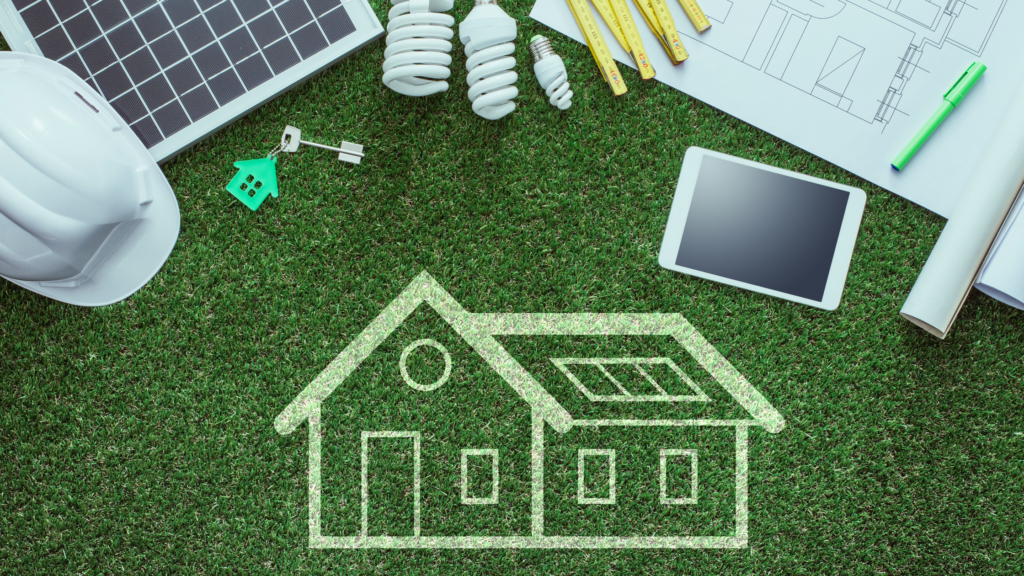The growing demand for affordable housing is accompanied by a pressing need to incorporate sustainable practices in the construction and maintenance of these homes. Green building practices offer a viable solution, enabling the creation of housing that is not only affordable but also environmentally friendly and energy-efficient. For organizations like Bottom Billion Corporation (BBC), these practices align with the mission of fostering sustainable development and improving living standards, particularly in underserved communities. By embracing green building techniques, developers can reduce operational costs, enhance the quality of life for residents, and contribute to the global effort to combat climate change.
The Importance of Green Building in Affordable Housing
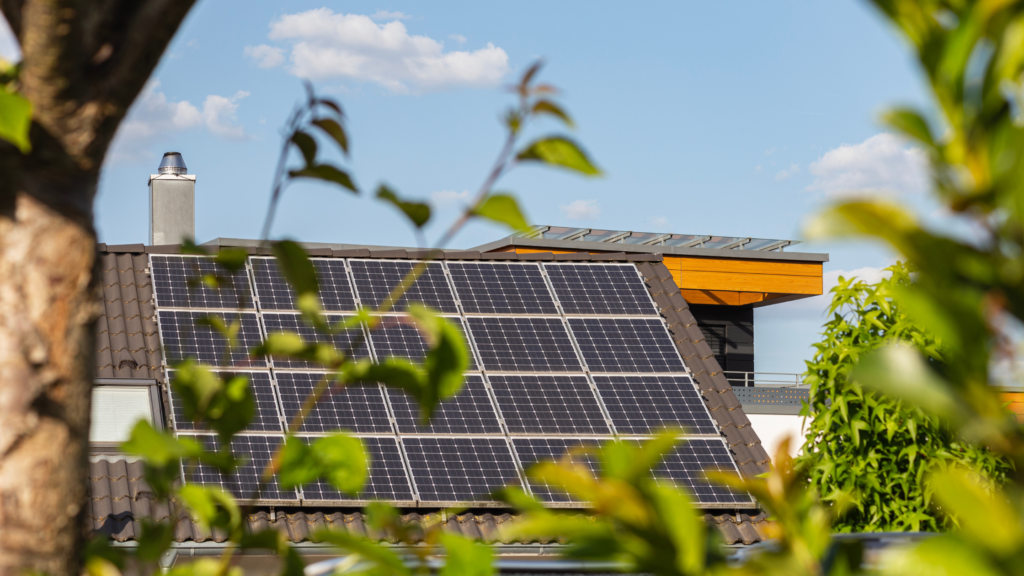
Green building practices are essential in the context of affordable housing for several reasons. Firstly, they significantly lower energy and water consumption, which directly reduces utility costs for residents. This is crucial for low-income families, where even small savings can make a big difference. Additionally, green buildings tend to have better indoor air quality, which leads to healthier living environments and reduces healthcare costs over time.
Moreover, incorporating sustainable practices in affordable housing projects contributes to broader environmental goals, such as reducing carbon emissions and conserving natural resources. This approach is not only beneficial for residents but also supports the community by fostering a culture of sustainability and environmental responsibility.
Key Green Building Practices for Affordable Housing
Several green building practices are particularly effective in the development of affordable housing. These practices focus on improving energy efficiency, using sustainable materials, and optimizing water usage.
Energy-Efficient Design
Energy-efficient design is a cornerstone of green building practices. This involves using high-performance insulation, energy-efficient windows, and appliances that reduce energy consumption. For example, incorporating passive solar design—where buildings are oriented and designed to maximize natural light and heat—can significantly lower heating and cooling costs.
Sustainable Materials
Using sustainable materials is another critical aspect. These include recycled, renewable, or locally sourced materials that reduce the environmental impact of construction. Materials like bamboo, recycled steel, and reclaimed wood not only minimize waste but also reduce the carbon footprint associated with the production and transportation of building materials.
Water Conservation Techniques
Water conservation is crucial, particularly in regions prone to drought or water scarcity. Implementing low-flow fixtures, rainwater harvesting systems, and greywater recycling can drastically reduce water usage. These systems not only help conserve water but also lower utility bills for residents, making housing more affordable.
Benefits of Green Building in Affordable Housing
Green building practices offer numerous benefits for affordable housing projects, ranging from cost savings to environmental protection.
Lower Operational Costs
One of the most immediate benefits is the reduction in operational costs. Energy-efficient buildings consume less electricity and water, resulting in lower utility bills for residents. Over time, these savings can be substantial, making housing more affordable for low-income families.
Healthier Living Environments
Green buildings often feature better ventilation systems, non-toxic building materials, and designs that maximize natural light. These factors contribute to improved indoor air quality and overall healthier living environments. For residents, this means fewer respiratory issues and other health problems associated with poor housing conditions.
Environmental Impact
By reducing energy consumption and using sustainable materials, green building practices significantly lower the carbon footprint of housing projects. This not only helps mitigate the effects of climate change but also promotes the conservation of natural resources, contributing to a more sustainable future.
Successful Implementation of Green Building Practices
Several projects around the world have successfully integrated green building practices into affordable housing, demonstrating the feasibility and benefits of this approach.
The Bronx River Houses, New York
The Bronx River Houses in New York is a public housing complex that underwent extensive renovations to improve energy efficiency. The project included the installation of energy-efficient windows, insulation, and high-efficiency boilers. As a result, the complex now consumes significantly less energy, leading to lower utility costs for residents and a reduced carbon footprint.
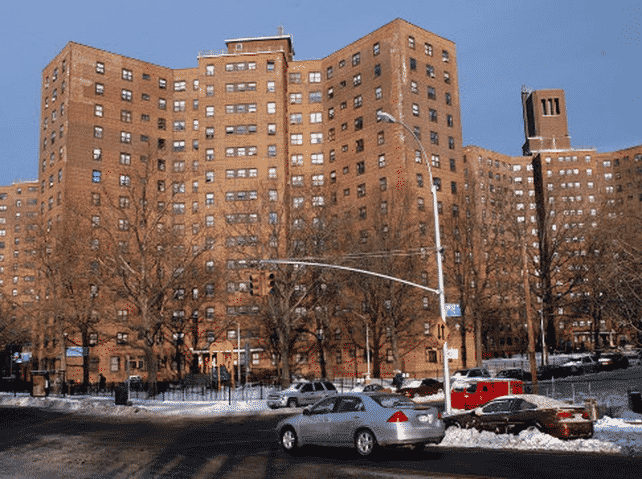
Quinta Monroy, Chile
Quinta Monroy in Iquique, Chile, is a pioneering affordable housing project that incorporated sustainable design principles. Developed by the architecture firm ELEMENTAL, the project used local materials and involved residents in the design process. This approach not only ensured that the housing met the needs of the community but also fostered a sense of ownership and pride among residents.
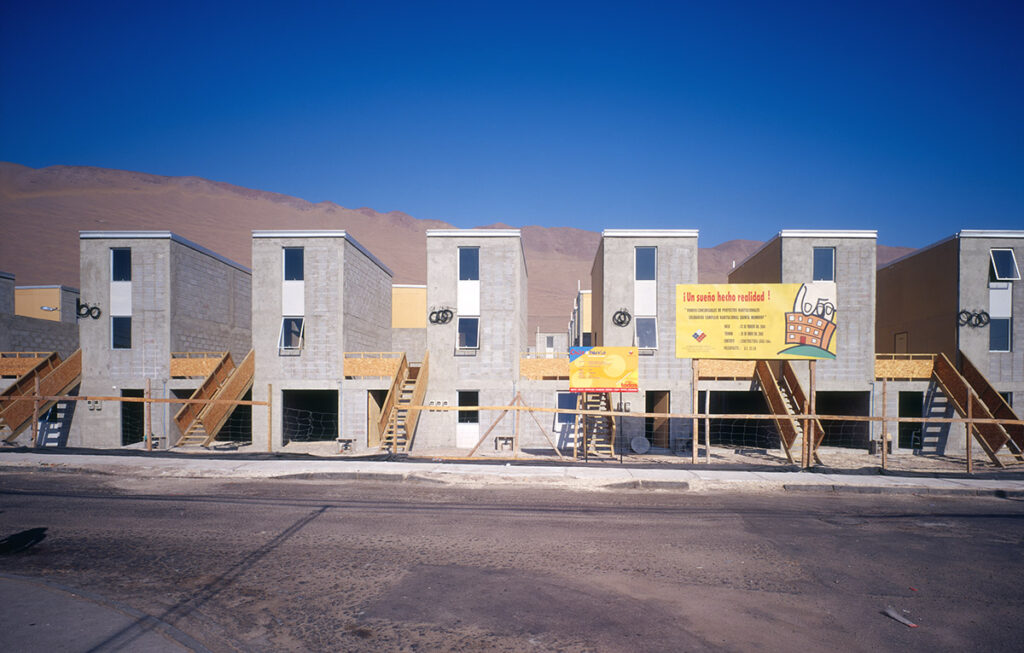
BedZED, London
The Beddington Zero Energy Development (BedZED) in London is a mixed-use housing development that serves as a model for sustainable urban living. The project features energy-efficient homes with renewable energy systems, such as solar panels and biomass boilers, reducing the need for fossil fuels. BedZED’s innovative design and sustainable practices have made it a benchmark for future housing projects.
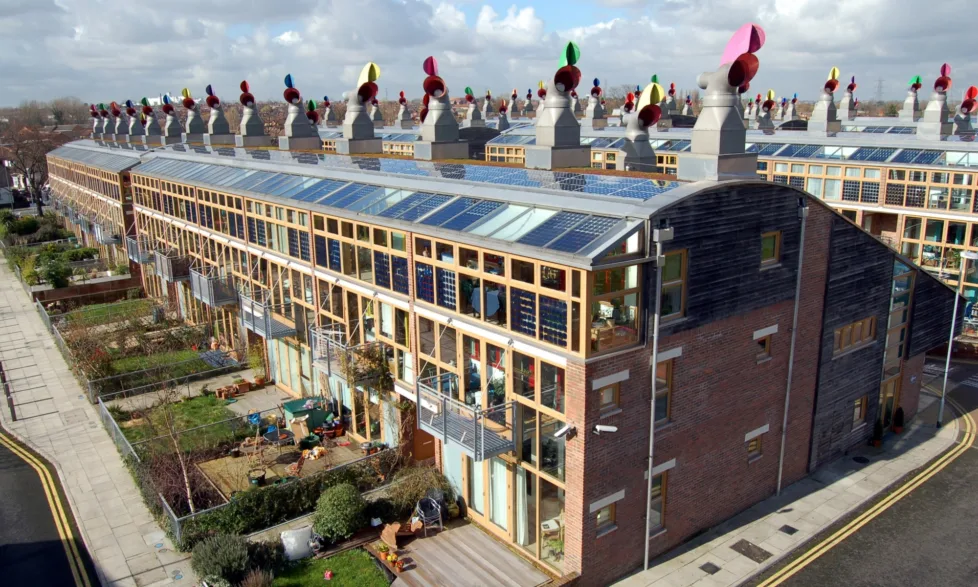
Challenges and Considerations in Green Affordable Housing
Despite the clear benefits, there are challenges associated with implementing green building practices in affordable housing projects.
- Initial Costs: One of the main challenges is the higher upfront costs associated with green building technologies and materials. While these costs are often offset by long-term savings, securing the necessary funding can be a hurdle for developers, especially in low-income areas.
- Regulatory Barriers: Navigating local building codes and regulations can be complex, particularly when introducing innovative technologies and materials. Developers may face resistance from regulatory bodies or encounter delays in obtaining the necessary permits.
- Awareness and Education: There is also a need for greater awareness and education among stakeholders, including developers, investors, and residents, about the benefits of green building practices. Overcoming misconceptions and demonstrating the value of sustainability in affordable housing is crucial for broader adoption.
Green building practices offer a sustainable path forward for affordable housing, combining economic, environmental, and social benefits. By reducing utility costs, improving living conditions, and contributing to environmental conservation, these practices align with the goals of organizations like Bottom Billion Corporation, which aims to promote sustainable development and uplift underserved communities. As more developers and investors embrace green building techniques, the future of affordable housing looks brighter, paving the way for healthier, more sustainable living environments for all.

